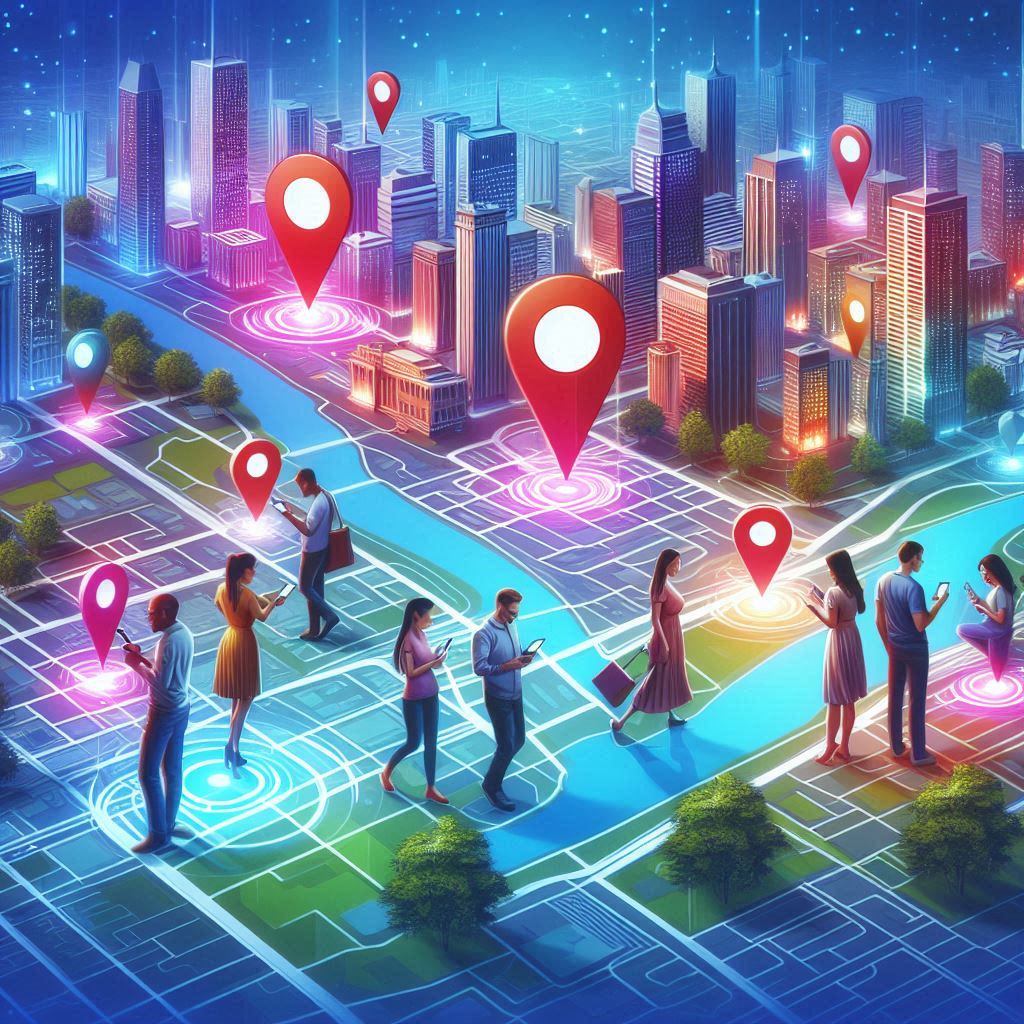Location-based technologies continue to revolutionize how businesses interact with consumers and how organizations manage their operations. Among these technologies, geofencing stands out as a powerful tool with diverse applications across industries. This article explores what geofencing is, how it works, and why it has become increasingly important for businesses and consumers alike.
What is Geofencing?
Geofencing is a location-based service that uses GPS, RFID, Wi-Fi, or cellular data to trigger pre-programmed actions when a mobile device or RFID tag enters or exits a virtual boundary set up around a geographical location, known as a geofence. These virtual boundaries can be as small as a building or as large as an entire city, and they can be customized to various shapes beyond simple circles or rectangles.
When a geofence is established, it can trigger alerts, send notifications, or perform automated actions whenever a device crosses its boundaries. The technology behind geofencing relies on coordinates that define the perimeter of a specific area, creating an invisible fence that mobile applications can recognize and respond to when users traverse it.
How Geofencing Technology Works
The functionality of geofencing relies on a three-part system:
- Boundary Definition: First, an administrator defines a virtual geographic boundary using a mapping software or API. This boundary is created by specifying latitude and longitude coordinates that outline the perimeter of the desired area.
- Trigger Mechanism: When a location-enabled device (typically a smartphone) crosses this boundary, the geofencing system recognizes the entry or exit event. This recognition depends on the device regularly sharing its location data with the application that controls the geofence.
- Response Action: Finally, the system executes a predetermined response based on the trigger event. This could be as simple as sending a push notification or as complex as initiating an automated workflow in a connected system.
Modern geofencing applications often incorporate additional technologies like machine learning to improve accuracy and reduce battery consumption by predicting movement patterns and adjusting location tracking frequency accordingly.
Applications and Benefits of Geofencing
Geofencing has found applications across numerous industries, offering significant benefits in each:
- Retail and Marketing: Retailers use geofencing to send promotional offers to customers when they enter a store or mall. This location-based marketing increases engagement by delivering timely, relevant content when consumers are most likely to act on it. Studies show that location-based notifications can increase conversion rates by up to 60% compared to standard push notifications.
- Security and Safety: Companies implement geofencing to monitor valuable assets or restrict access to sensitive areas. For example, construction companies can set up geofences around equipment to receive alerts if machinery moves outside designated areas, potentially preventing theft. Similarly, parents can establish geofences around schools or homes to monitor their children’s whereabouts.
- Fleet Management: Transportation and logistics companies leverage geofencing to optimize routes, track vehicles, and ensure drivers adhere to assigned territories. This improves operational efficiency and helps reduce fuel consumption and maintenance costs.
- Healthcare: Hospitals employ geofencing to monitor patients with conditions like dementia, triggering alerts if patients wander beyond safe areas. The technology also helps in tracking medical equipment and ensuring compliance with quarantine restrictions.
In conclusion, geofencing represents a powerful tool that bridges the digital and physical worlds, enabling context-aware interactions between businesses and consumers. When implemented thoughtfully with proper attention to privacy considerations, it can deliver significant value across diverse applications while respecting user rights and preferences.
***
To get a #ProfessionalGradeMarketing team working for you, contact Ambient Array today.


